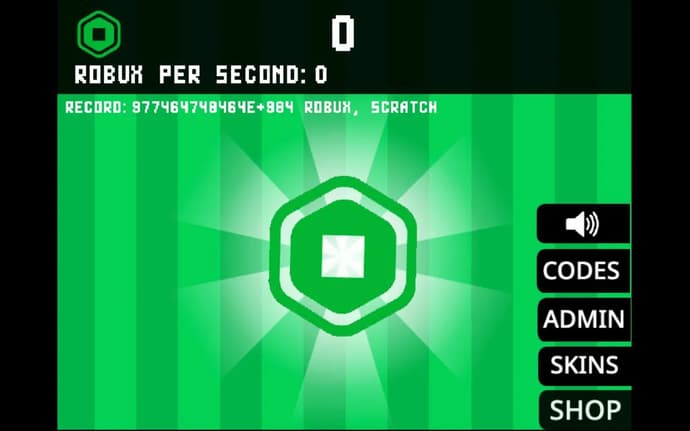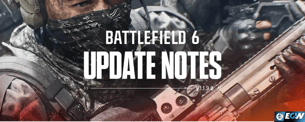
Lowkey Rich in Robux? Decoding Today's Game Economies

Think back to when bragging rights in the gaming world centered just on ability, high scores, or perhaps that uncommon tangible collector's edition. Fast forward to today, and a different kind of flex is emerging, often whispered in hushed tones within digital communities: "Dude, they're loaded in Robux." Or maybe, "That skin just sold for more than my rent!" Welcome to the fascinating and increasingly complex world of in-game economies, where virtual currencies and digital assets hold surprising value, and the lines between play and profit are becoming increasingly blurred. Although the concept of being "rich" in a video game may seem abstract, the economic ideas at work are anything but, and nowhere is this more clear than in the colorful, player-driven world of Roblox.
The Basics: Digital Gold and Virtual Currencies
Fundamentally, an in-game economy reflects real-world economics inside a digital spatial limitation. It uses a virtual currency as the means of trade for digital products and services. From functional assets like game passes that enable additional functionality to developer products providing in-game benefits, these items can be cosmetic ones like avatar clothes and weapon skins. Often, it is player-driven markets that give these economies real dynamism. Real dynamism in these economies is frequently derived from the presence of player-driven markets. Rather than a centralized authority only setting pricing and availability, players themselves trade, purchase, and sell, therefore generating a changing ecology shaped by supply, demand, and perceived worth. Imagine it as a small, self-sufficient economic system in which digital scarcity can create significant virtual wealth.
Roblox is a perfect illustration of this. The platform's own money, Robux, drives a great ecosystem. Four While producers can earn Robux by selling their works, players primarily acquire it through real-money transactions. This Robux then flows across the platform, purchasing everything from unusual hats and fashionable avatar clothes to strong game passes, improving the experience of certain games. Importantly, Roblox enables its users to become creators themselves. While developers can provide game passes and one-time purchase developer products inside their games, aspiring designers can create and sell avatar apparel, hence generating Robux. This creative economy significantly drives Robux circulation and the perceived "wealth" of specific players and developers. Eight
Why Pixels Can Be Pricey
What, therefore, gives a string of code or a collection of pixels such power to command notable virtual money and occasionally even real-world value? Many factors help explain the perceived value of digital goods. A key factor is scarcity. Rarity causes the value of limited-edition goods, those connected to particular events or promotions, or those no longer available to rise dramatically. Consider "unobtainable" skins in games like Fortnite or discontinued avatar accessories like Roblox.
Another main motivator is usefulness. For example, game permits in Roblox provide clear advantages inside a game, like permanent stat increases, access to restricted locations, or the capacity to generate unique products. Nine This functional benefit determines their appeal and, consequently, their worth. Especially in games centered on customization, aesthetic appeal is maybe the most evident element. A highly fashionable or visually stunning avatar item in Roblox, or a sought-after weapon skin in CS2, can cost a high price just because players want to show their originality or status through their appearance.
Echoes Throughout the Metaverse: Parallel Economies
The concepts in the Roblox economy resonate in many other games with significant virtual economies. Fortnite's cosmetic market sees some skins become widely sought after and exchanged around the community, driven by limited-time releases and partnerships (however, direct player-to-player trading is forbidden). Much like a stock market, the CS2 skin market runs on weapon finish rarity and aesthetic appeal, with prices fluctuating based on supply, demand, and even esports events. Much like finding credible review sites is vital in other online spaces, especially ones that cater to real money games like casino pokies online where value and risk are present, players negotiating these digital markets must prioritize acquiring dependable information and community insights if they are to make educated selections. Even games with more simple economies, including Animal Crossing with its Bells and Valuable items reveal the fundamental concepts of supply and demand that influence their virtual worth.
Though the currency, the types of assets, the trade systems, and the specifics of each game's economy differ, the fundamental value drivers remain the same: scarcity, utility, aesthetic appeal, community demand, and the always-present element of speculation. Knowing these dynamics is crucial not just for players negotiating these digital domains but also for developers striving to create captivating and sustainable in-game economies.

Kateryna Prykhodko on luova kirjoittaja ja luotettava EGamersWorldin toimittaja, joka on tunnettu mukaansatempaavasta sisällöstä ja yksityiskohtien huomioimisesta. Hän yhdistää tarinankerronnan selkeään ja harkittuun viestintään, ja hänellä on suuri rooli sekä foorumin toimituksellisessa työssä että kulissien takana tapahtuvassa vuorovaikutuksessa.
 Mitä uutta Winter Offensive -pelissä on: Battlefield 6 Update 1.1.3.0Winter Offensive 1.1.3.0 tuo Battlefield 6:een lumisen kartan, uuden aseen ja parannetun pelattavuuden.
Mitä uutta Winter Offensive -pelissä on: Battlefield 6 Update 1.1.3.0Winter Offensive 1.1.3.0 tuo Battlefield 6:een lumisen kartan, uuden aseen ja parannetun pelattavuuden. The Game Awards 2025 päivämäärä ja aika maailmanlaajuisestiTGA 2025 -tapahtuman päivämäärä ja kellonaika on vahvistettu maailmanlaajuista live-esitystä varten, joka lähetetään suorana lähetyksenä eri alustoilla.
The Game Awards 2025 päivämäärä ja aika maailmanlaajuisestiTGA 2025 -tapahtuman päivämäärä ja kellonaika on vahvistettu maailmanlaajuista live-esitystä varten, joka lähetetään suorana lähetyksenä eri alustoilla. StarLadder Budapest Major 2025 - pudotuspelit Pick'em: Ennusteet & MielipiteetStarLadder Budapest Major 2025 Playoff Pick'Em -opas: ennusteet, asiantuntijalausunnot ja tärkeimmät vinkit, joiden avulla voit ansaita himoitun timanttikolikon.
StarLadder Budapest Major 2025 - pudotuspelit Pick'em: Ennusteet & MielipiteetStarLadder Budapest Major 2025 Playoff Pick'Em -opas: ennusteet, asiantuntijalausunnot ja tärkeimmät vinkit, joiden avulla voit ansaita himoitun timanttikolikon. Varasta aivopähkinä Talvitunti-tapahtuma Joulun aivopähkinät ja miten ne saaTutustu kaikkiin Steal a Brainrot Winter Hour -tapahtuman joulu-aivopähkinöihin ja siihen, miten saat ne.
Varasta aivopähkinä Talvitunti-tapahtuma Joulun aivopähkinät ja miten ne saaTutustu kaikkiin Steal a Brainrot Winter Hour -tapahtuman joulu-aivopähkinöihin ja siihen, miten saat ne.


